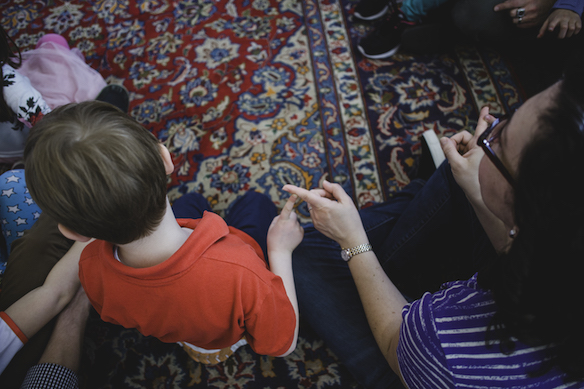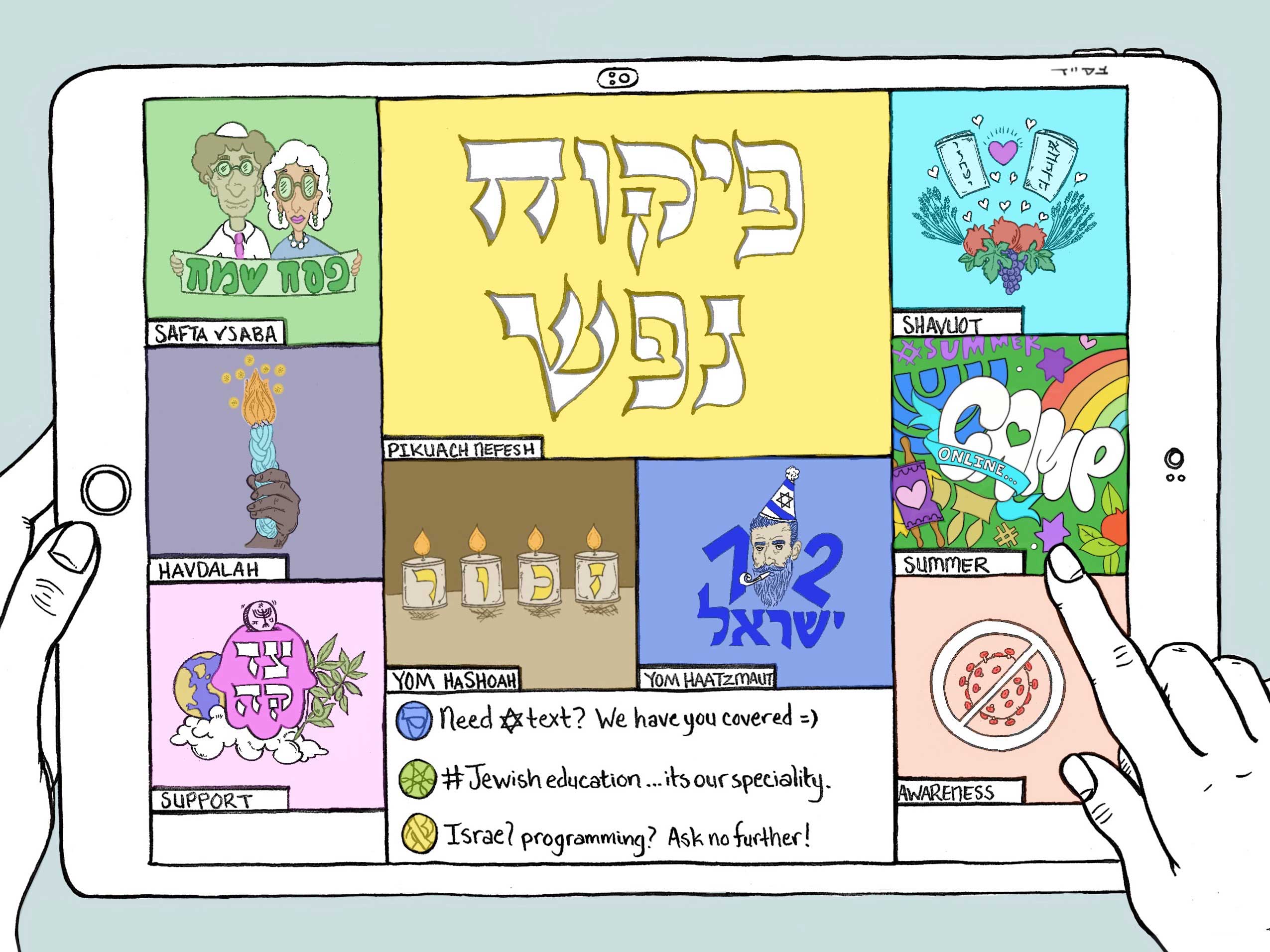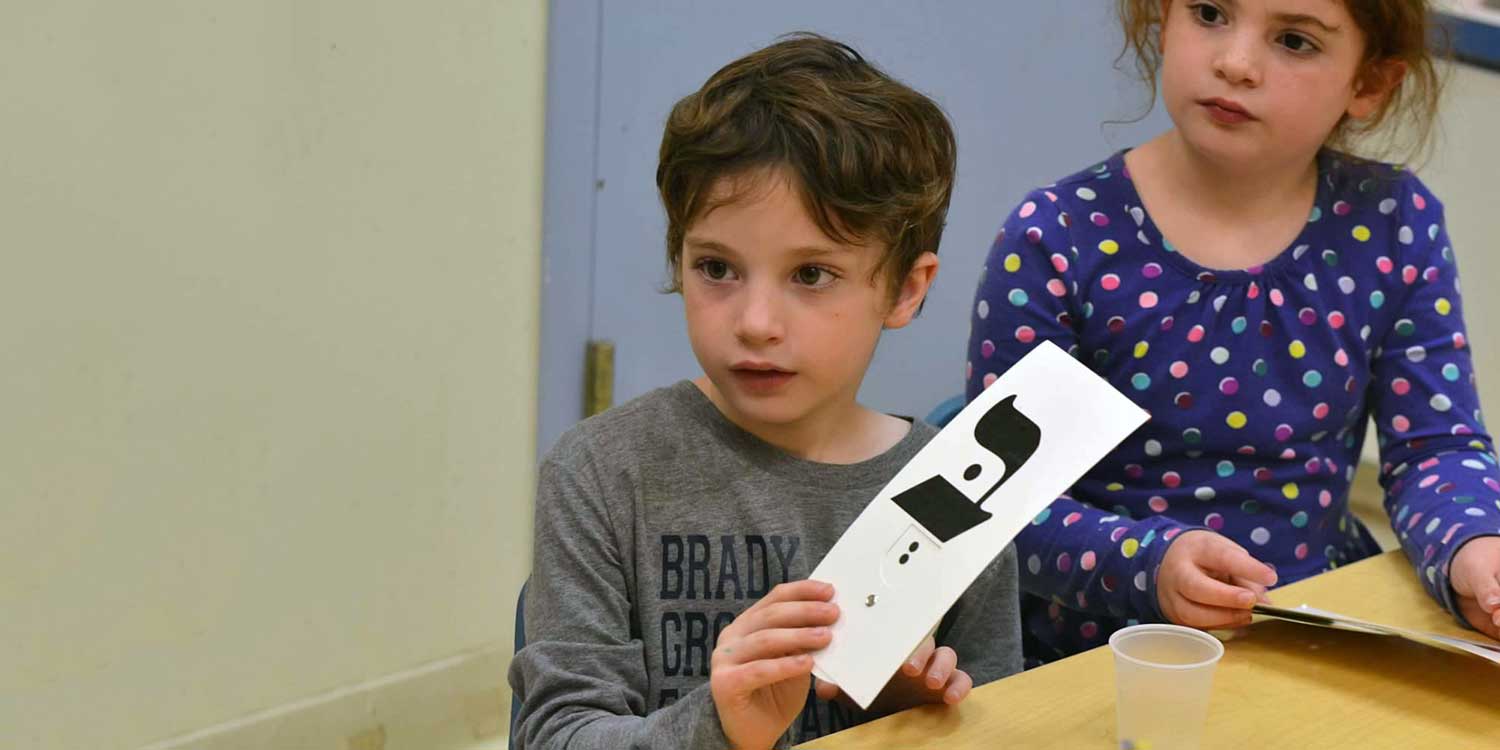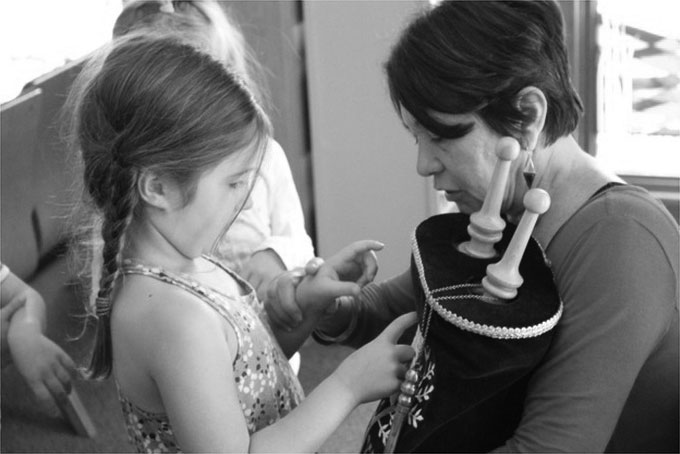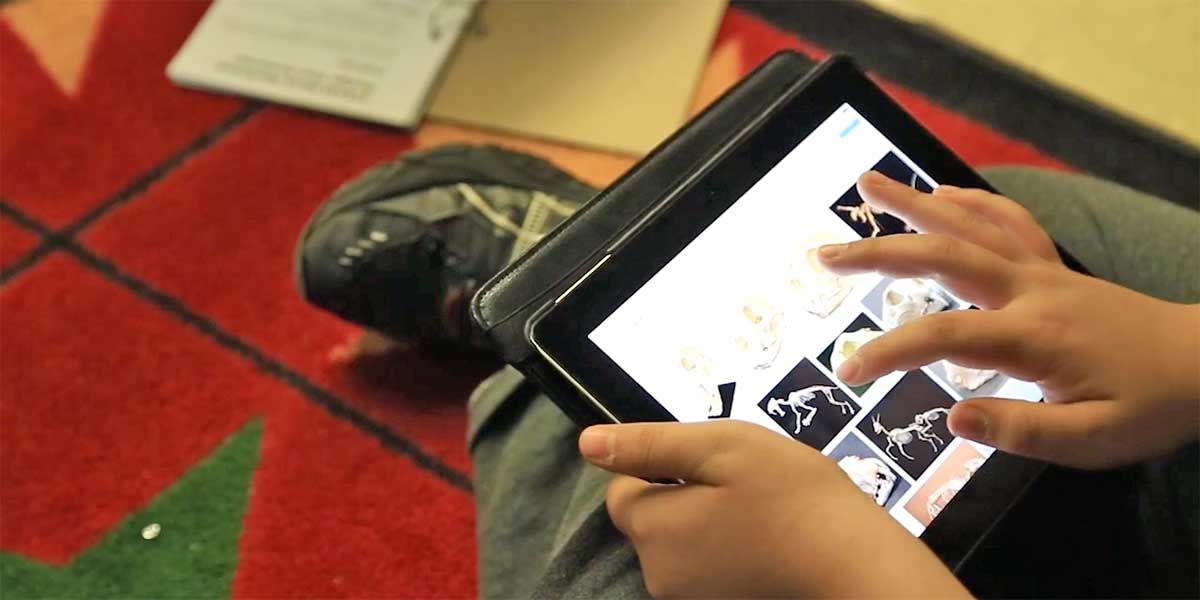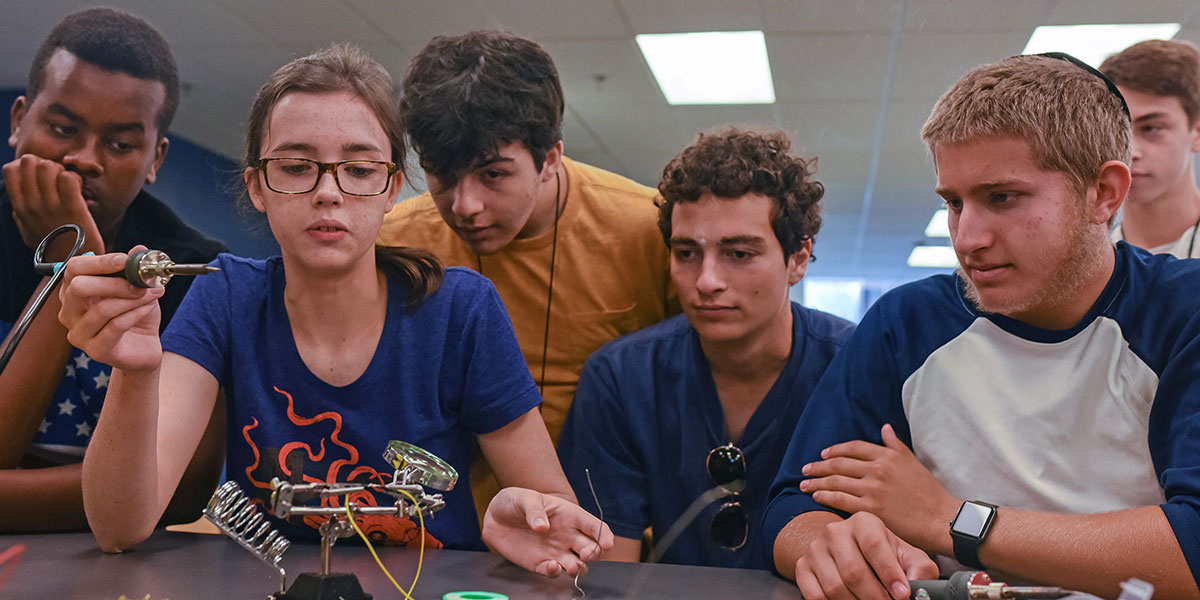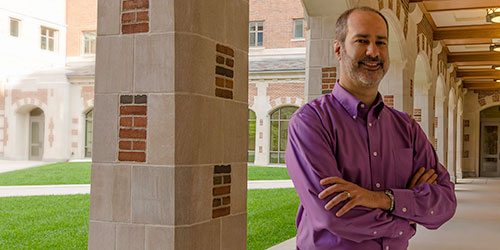
ARTICLE Motivating Students Through Gameful Learning: A Conversation with Barry Fishman
Who doesn’t love to play?
From the toddler who just wants to take toys apart and zoom across the yard to the teen who loves Minecraft to the adult who gets super competitive over a game of Monopoly, we all know play is enjoyable and also, that play facilitates learning.
“It’s the most natural thing we do,” said Barry Fishman, Professor of Learning Technologies at the University of Michigan’s School of Information and School of Education. “Parents play with their babies--peekaboo, mimicry and object permanence games--these games are the basics of learning.”
But then school comes along. And while the game playing doesn’t end there, suddenly, it’s of a different breed. Now, students are playing to win… a good grade. “Students become focused on getting the highest score,” Fishman continued, “and this isn’t always a good thing.”
“The way school and our current cultural context is shaped,” he said, “discourages risk-taking and failure, because it’s a high-stakes game. If you fail along the way, there’s a good chance you’re not going to get into the college you want, which creates an atmosphere of negativity and pressure on learning. But failure is so important; the things we fail at are our most important learning experiences.”
Fishman is certainly not alone in his thinking. In fact, scholars across the country are currently researching, writing and speaking publicly about ways in which we can lower the heat of the high school and college pressure cooker, help kids enjoy learning, and learn vital life skills in the process.
“We’ve created an environment where it’s not OK to experiment or be off-topic for even a moment,” Fishman asserted, “and it’s a culture that turns people off of learning and creates an extrinsic set of motivators for learning. We really need to think about changing the design of learning, and help students seek out challenges,” he added.
So… how can technology help?
First, consider the concept of “gameful learning,” a pedagogical approach that takes the best aspects of gaming and applies that knowledge to the learning environment, while placing a high priority on student engagement.
Next, enter GradeCraft, a learning management system dedicated to supporting the “gameful” classroom, currently being developed by Fishman and his colleagues at the University of Michigan.
“We essentially have three basic human needs that motivate our actions,” Fishman explained, as way of introducing the ideas behind GradeCraft. “First, to feel like we have autonomy to make choices that matter, second, to have a sense of belonging and relatedness and third, a sense of competence that we’ll be supported, and be given a challenge that we can accomplish.”
To this end, GradeCraft.com is a tool that supports a diversified grading system.
A student enters the GradeCraft site and sees all of the assignments for the semester laid out for her. She can access a grade predictor, and calculate how many points she needs to reach various levels in the course; essentially “gaming” the class, by creating a strategy developed upon clicking and choosing how much she needs to accomplish in order to get to a specific place. She has a student dashboard, with current points earned and total points available, a list of course assignments, a calendar and badges. There are also student-determined assignment weights, self-awarded points, and more.
“Not everybody takes tests well,” Fishman said, touching on an old anxiety but one that is very relevant for today’s students, who are subjected to far more standardized assessment testing than ever before. “But that doesn’t mean you don’t know the material. There are other ways to demonstrate mastery, and we can use GradeCraft to assess where students are across these diversified pathways.”
(Visit the GradeCraft website for links to YouTube tutorials which explain how each aspect of the system works.)
What’s more, beyond the individual student, technology like GradeCraft creates ways for students to band together, to compete against other students, to form groups that work toward a common goal, and to open up the classroom learning space, explained Fishman.
“If your starting grade on any assignment is out of 100%,” he said, “then you can only lose from there. If you get a 99%, you’ve lost a point. You’ve gone down. It’s a losing design, one that only allows you to chip away at perfection.”
Instead, Fishman advocates starting everybody in the class at zero, giving students the freedom to finish wherever they want on the scale, but laying out the pathways where he or she can earn different grade outcomes.
Fishman admitted that this is not easy for the college professor or classroom teacher to manage. “The first time I taught this way [without GradeCraft], I had a dozen spreadsheets going, and my students were lost. But we’re been building tools to support this kind of teaching.”
Currently, about 20 instructors and 4,000 students in approximately 12 different areas at The University of Michigan use GradeCraft. There’s also a middle school history teacher in Virginia who is experimenting with the site, as Fishman and his colleagues work out the early kinks in the system.
Ultimately, however, the secret to successful use of technology in the classroom isn’t about websites, badges, videos or games. It’s about two other essential components.
“First, motivation is paramount,” Fishman, said. “Motivation, and the study of what gets people to engage, to persist and to see tasks through to completion are essential. Without it, there is no learning.”
And second? “The secret of educational technology is that it’s never about the technology,” Fishman said. “Instead, it’s always about what’s happening in the classroom.”

ORT/JECC Partnership for Technology in Education: Cleveland Day School Project
995

When Jewish Values and Technology Meet: Text Me Offers A Family Education Opportunity
993







